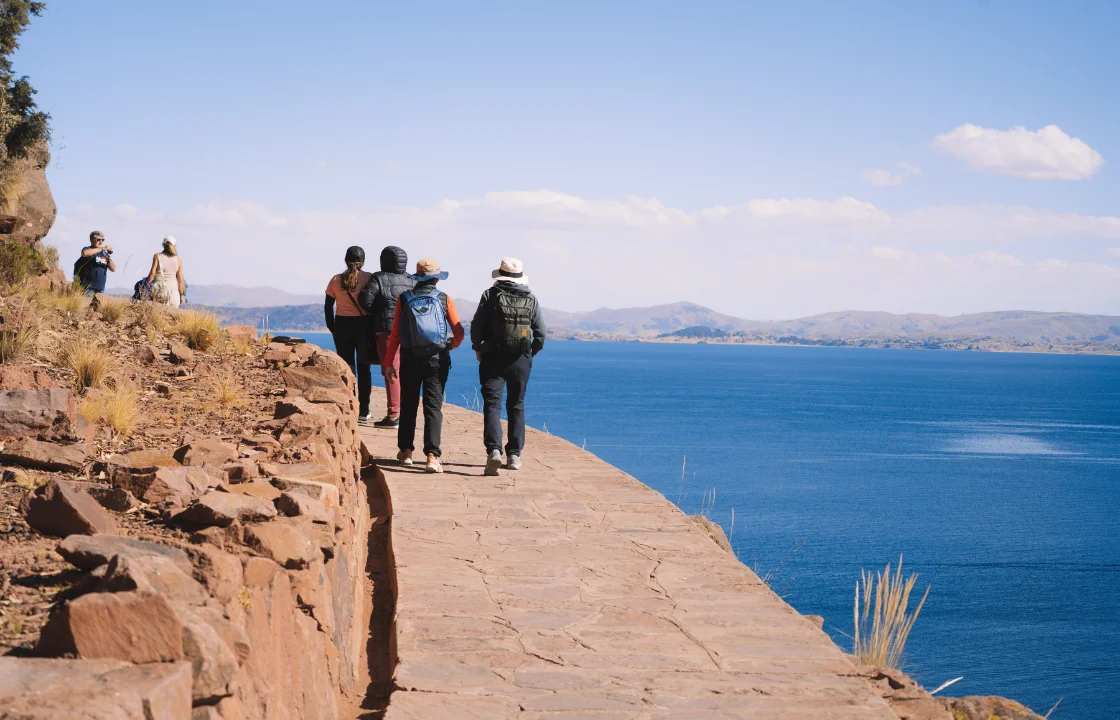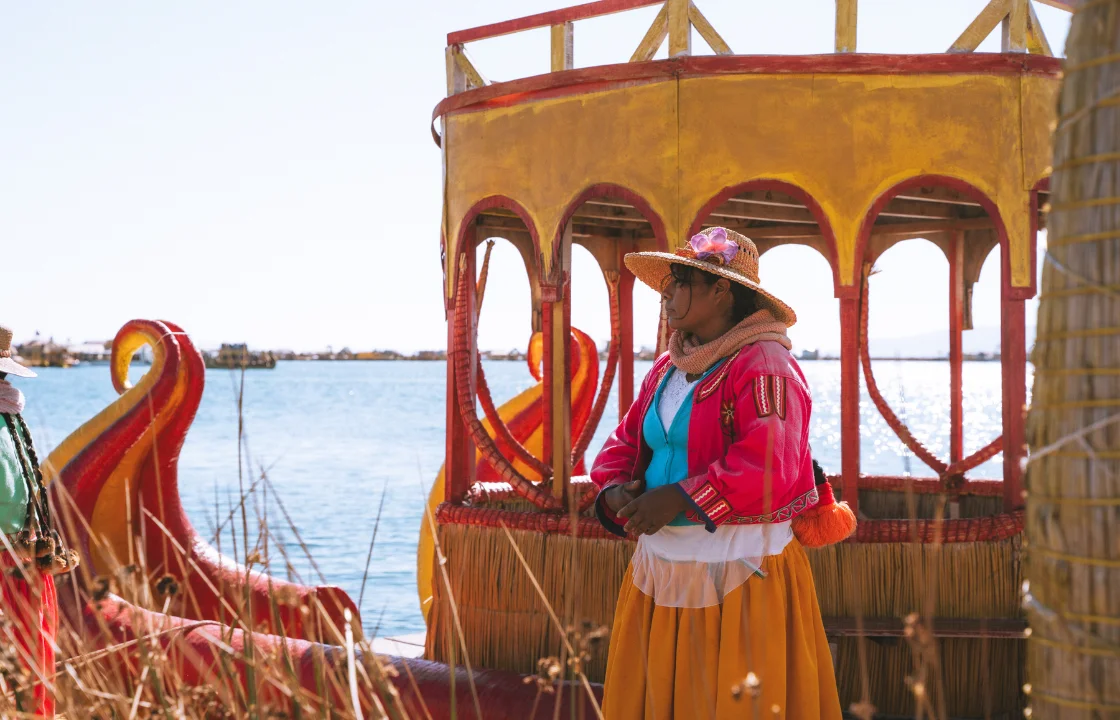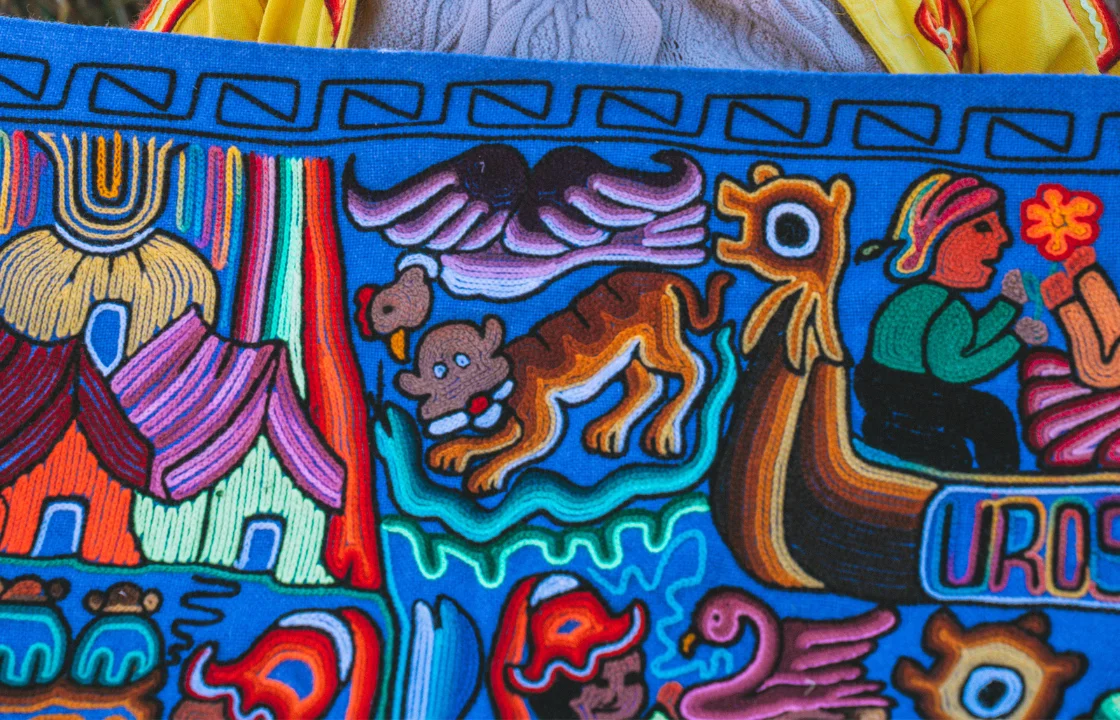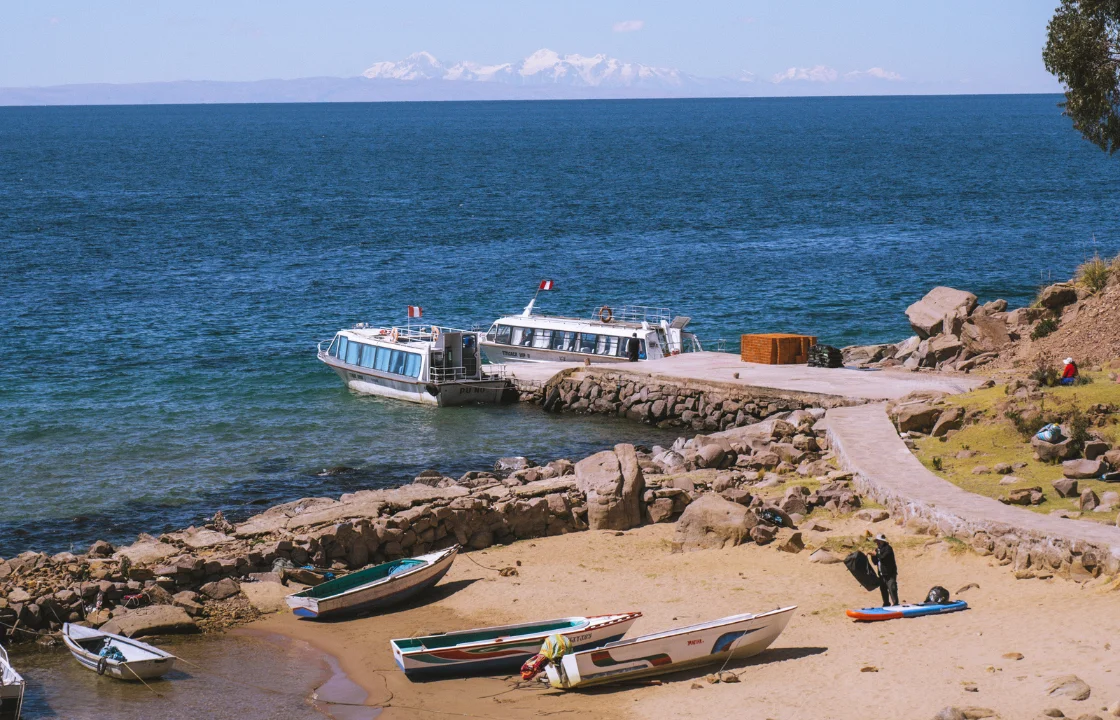At over 3,800 meters above sea level, Lake Titicaca is more than just the highest navigable lake in the world—it's a sacred mirror of the sky, a cradle of Andean civilization, and home to one of the most extraordinary human settlements on Earth: the Uros Floating Islands.
Floating atop layers of totora reeds, these handmade islands are not just a marvel of ingenuity, but a living, breathing culture that has adapted to the challenges of modern tourism while staying rooted in ancestral knowledge. If you're planning to explore Peru beyond Machu Picchu, this is an unmissable journey.
What are the Uros Floating Islands?
The Uros are an local people who have lived on Lake Titicaca for centuries. Their islands are constructed from totora reeds, which grow abundantly in the shallows of the lake. These reeds are layered and bound together to form buoyant platforms, which must be maintained and replenished regularly as the bottom layers rot.
Each island typically hosts between 3 and 10 families. Their homes, boats, lookout towers, and even schools are made almost entirely of these reeds, creating an immersive and self-sustaining habitat on the water.
A Legacy of Survival and Innovation
The origin of the Uros people predates the Inca Empire. In fact, it is thought that the first Incas, Manco Capac and Mama Ocllo, came from the Lake Titicaca. Historically, they are believed to have built floating islands as a strategy to escape conflict.
Over generations, they’ve transformed this unique adaptation into a lasting tradition.
Despite the pressures of modernization, many Uros continue to live in their ancestral ways: fishing with traditional techniques, cooking over open flames on stone platforms, and crafting beautiful handmade textiles and reed art that reflect their history and connection to the lake.
Visiting the Uros: What to Expect
Most visits begin with a 30- to 40-minute boat ride from Puno’s main port. Upon arrival, you're welcomed by the community, often with a short demonstration of how the islands are built and maintained.
Visitors are encouraged to step lightly, as the islands are soft and springy underfoot. Many families offer boat rides on their traditional totora reed boats, as well as opportunities to purchase handicrafts directly from artisans.
It’s a short visit (usually under 2 hours), but one packed with insight, color, and authenticity...especially if you take the time to engage, ask questions, and support the local economy respectfully.
Responsible Travel Tips
- Be mindful when taking photos—always ask first.
- Support their livelihood by purchasing crafts, but avoid haggling aggressively.
- Remember this is not a theme park. While some islands are more tourist-oriented, people genuinely live here and your visit impacts their lives.
Weather and Altitude Considerations
Lake Titicaca sits at 3,812 meters (12,507 ft) above sea level. The sun can be intense, and temperatures drop quickly in the afternoon, especially on the lake. Bring layers, sunscreen, and stay hydrated. If you’re not acclimated to the altitude, take it easy and allow time to adjust before visiting.
Why Lake Titicaca is important?
In a world rushing toward modernity, the Uros islands offer a rare glimpse into a sustainable, ancestral way of life that still floats, literally, on the balance of nature, community, and resilience. The future of these islands depends on respectful tourism, cultural preservation, and storytelling that honors their truth, not just their appearance.
Whether you visit for a morning or stay for an overnight experience, the Uros will leave you with something deeper than a photo: a connection to a world that thrives quietly above the waves.
Ready to Visit?
At Peruvian Sunrise, we craft personalized experiences that go beyond the surface. Let us help you connect with the soul of Lake Titicaca, meet the people behind the reeds, and witness this magical corner of the Andes with care and meaning.




